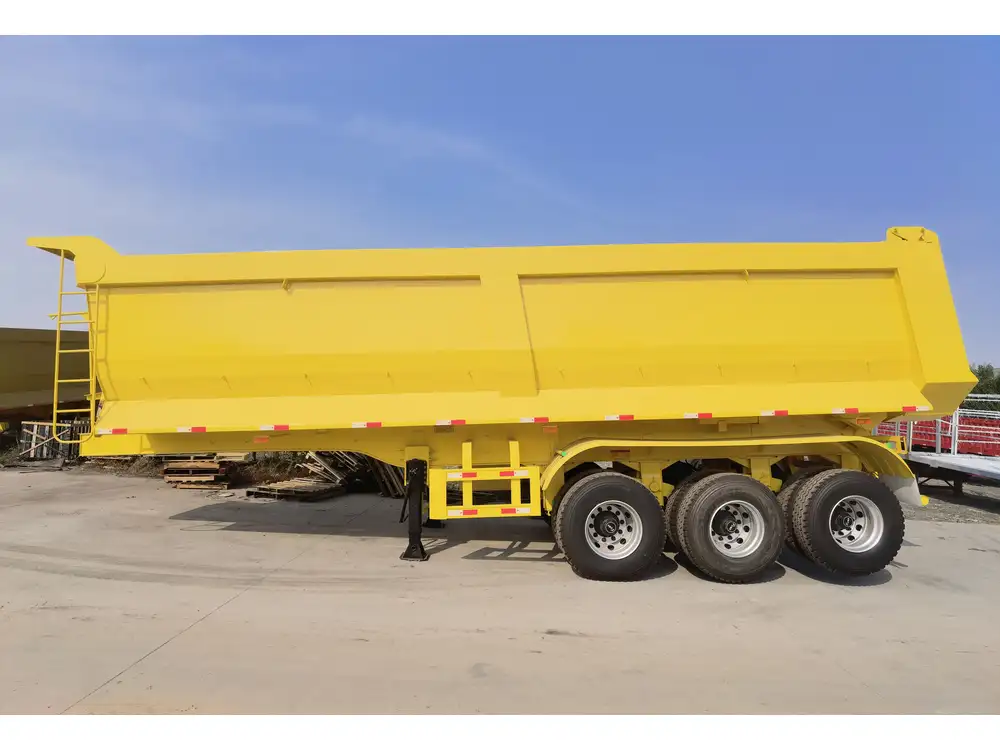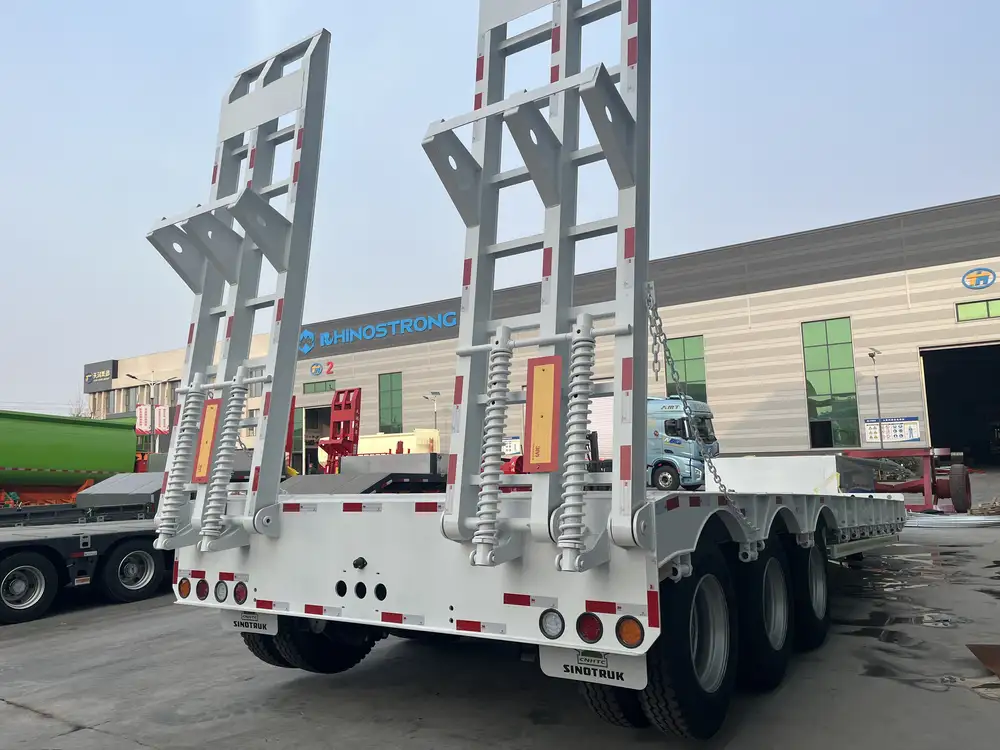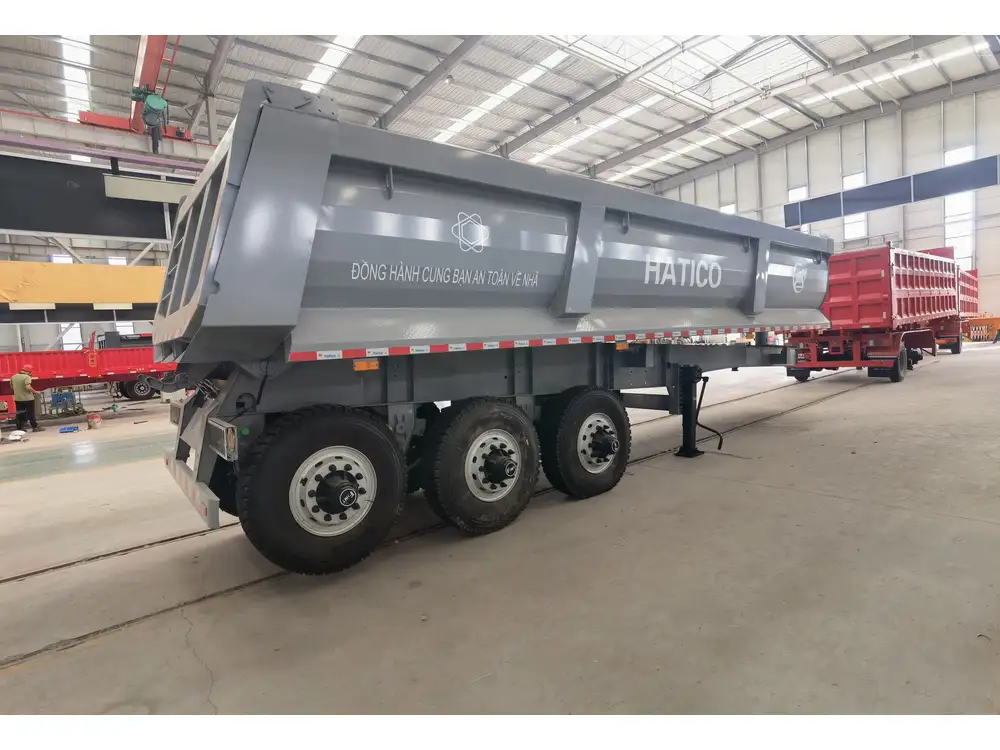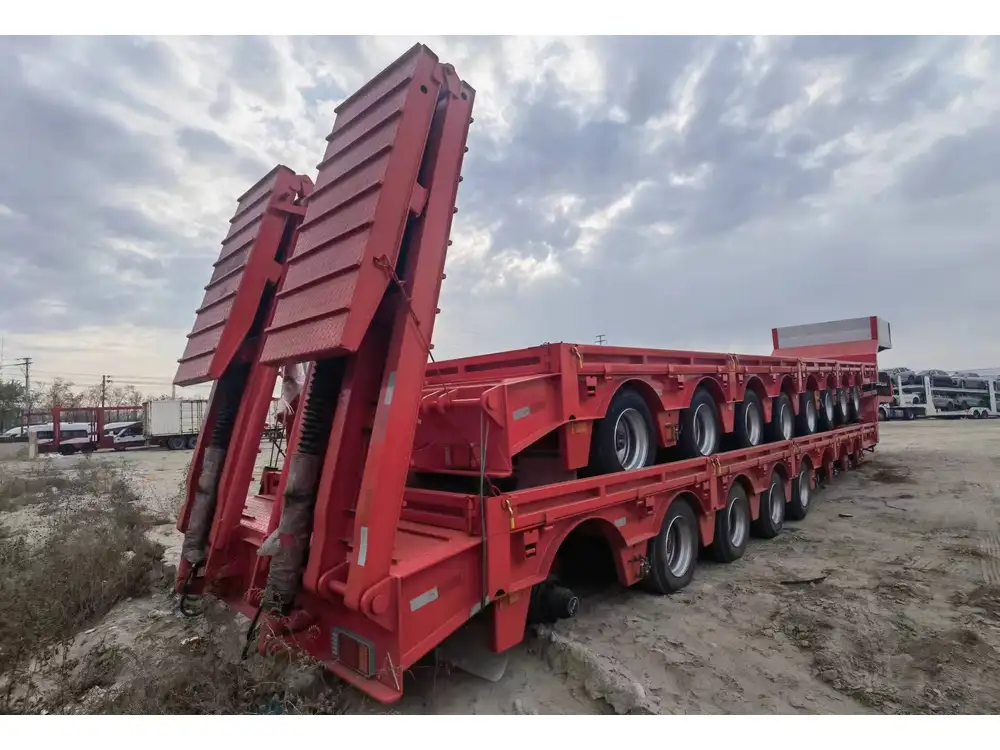Maintaining the functionality of a trailer water holding tank is crucial for any traveler or contractor relying on mobile water access. A water holding tank, often subjected to wear and tear, can encounter various issues that need immediate resolution to ensure continued serviceability. This article provides an in-depth analysis of troubleshooting, repairing, and preventing common problems associated with trailer water holding tanks.
Understanding Your Trailer Water Holding Tank
Components of a Trailer Water Holding Tank
Before delving into repair strategies, it’s essential to understand the fundamental components of a water holding tank:
| Component | Function |
|---|---|
| Tank | Stores fresh or grey water |
| Valves | Control the flow of water in and out of the tank |
| Pipes | Facilitate movement of water to and from the tank |
| Pump | Moves water from the tank to the dispensing point |
| Level Indicator | Provides information on the water level inside the tank |
By knowing these components, you can effectively identify where potential issues may arise.

Common Issues and Troubleshooting
1. Leaks in the Water Holding Tank
Signs of a Leak:
- Visible water pooling beneath the tank
- Decreased water level without known usage
- Dampness in the surrounding area
Diagnosis Steps
- Visual Inspection: Examine the tank for cracks, holes, or worn areas.
- Check Connections: Inspect all valve and pipe connections for loose fittings or corrosion.
- Pressure Test: Apply pressure to the tank to find hidden leaks that may not be easily visible.
Possible Solutions
- Sealant Application: Use a high-quality epoxy or patching material designed for water tanks to seal minor leaks.
- Replacement of Damaged Parts: If the damage is significant, consider replacing the entire tank or any severely damaged component.

2. Clogged Pipes and Valves
Symptoms of Clogs:
- Slow water flow from the tank
- Unpleasant odors emanating from the water system
- Visible debris in the water output
Diagnosis Steps
- Trace the Flow Path: Identify where the blockage occurs by observing the water flow from various points.
- Visual Inspection of Pipes: Look for any visible signs of blockages like rust, debris, or buildup.
Possible Solutions
- Flushing the System: Utilize a water and vinegar solution to flush out the pipes, clearing minor blockages.
- Mechanical Clean-out: In severe cases, use a plumbing snake or high-pressure water jet to dislodge tough clogs.
3. Malfunctioning Pump
Indications of Pump Issues:
- Pump runs continuously without water output
- Strange noises during operation
- Inconsistent water pressure

Diagnosis Steps
- Electrical Check: Ensure that the pump is receiving power and that all electrical connections are tight.
- Inspect for Blockages: Assess the pump for obstructions that may prevent water flow.
- Test Pump Performance: Remove the pump from the system and test it independently for functionality.
Possible Solutions
- Motor Replacement: If the pump motor is burned out, consider replacing it with a compatible model.
- Cleaning and Maintenance: Regularly clear any debris from the pump’s intake to maximize performance.
Preventative Maintenance Tips
Regular maintenance can prolong the life of your trailer water holding tank and its components. Here are several strategies to consider:
1. Regular Inspections
Schedule routine checks every few months to inspect the integrity of the tank, make sure the valves and pipes are secure, and evaluate the function of the pump. This proactive approach catches issues early, preventing costly repairs down the line.

2. Clean the Tank Periodically
Keeping your tank clean will ensure that odors are minimized and will maintain the quality of the water stored. Typically, a vinegar solution can effectively clean the tank without introducing harmful substances into the water supply.
3. Upgrade Components
Consider upgrading to corrosion-resistant or higher-quality materials that can withstand the wear and tear of prolonged usage. Stainless steel components, for instance, can significantly reduce the chances of rust and leaks.
4. Ensure Proper Winterization
For those in colder climates, winterizing your water system is essential. Drain the tank completely and ensure that no water remains that can freeze and cause cracks. Using antifreeze in the system can also prevent issues.

What to Do When Damage Occurs
Even with diligent maintenance, accidents happen. Here’s how to tackle severe damage when it occurs:
Steps in Emergency Situations
- Shut Off Water Supply: Immediate action should be to stop any water inflow to prevent overflowing or further damage.
- Contain Water: Use absorbent materials to contain any spilled water to minimize damage to the surrounding area.
- Assess Damage: Carefully evaluate what needs to be repaired or replaced. Documenting issues can help when reaching out for professional assistance or insurance claims.
When to Call a Professional
If your assessment reveals extensive damage or if the repairs required exceed your comfort level, do not hesitate to consult with a professional. Some complex cases to consider include:
- Damaged components that need specialized tools to replace.
- Electrical issues that require expertise in handling.
- Situations where safety is a concern, such as hazardous material handling.

Comparing Water Holding Tanks: Material and Capacity
When selecting a trailer water holding tank, consider the various materials and their properties. Here is a comparative overview:
| Material | Pros | Cons |
|---|---|---|
| Plastic | Lightweight, corrosion-resistant | May crack under extreme temperatures |
| Stainless Steel | Durable, corrosion-resistant | Heavier and more expensive |
| Aluminum | Lightweight, good structural strength | Can corrode if not properly treated |
Capacity Consideration
Choosing the right tank capacity is vital based on your needs. Typical sizes range from 20 to over 100 gallons. It is essential to balance between having enough water supply for your requirements and adhering to weight limits imposed by your trailer.
| Capacity (Gallons) | Typical Uses | Considerations |
|---|---|---|
| 20-30 | Short trips, small household needs | Lightweight; easy to transport |
| 50-100 | Commercial operations, longer journeys | Provides ample supply but adds weight |
Conclusion
Maintaining and repairing your trailer water holding tank may seem daunting, but with the right knowledge, it can be performed effectively. From troubleshooting leaks to understanding the functionality of components and implementing preventative measures, you can ensure a reliable water storage solution for your trailer. Regular care and informed decisions when handling repairs will not only extend the life of your equipment but also enhance your traveling experience or operational efficiency. Always keep in mind that if a situation escalates beyond your skills, seeking professional help is always the best course of action.



